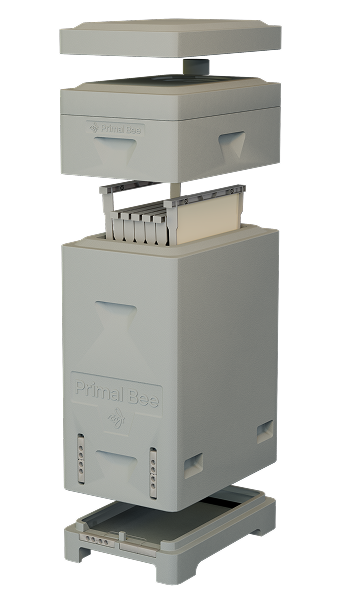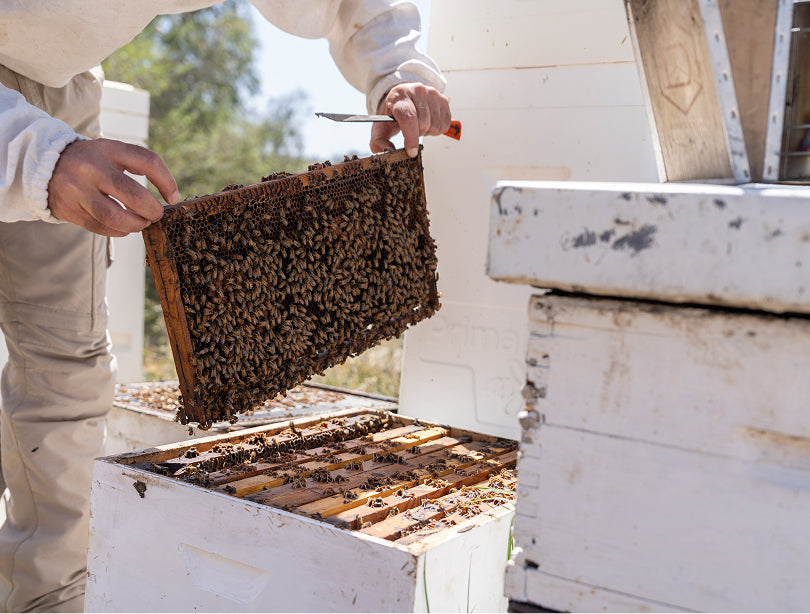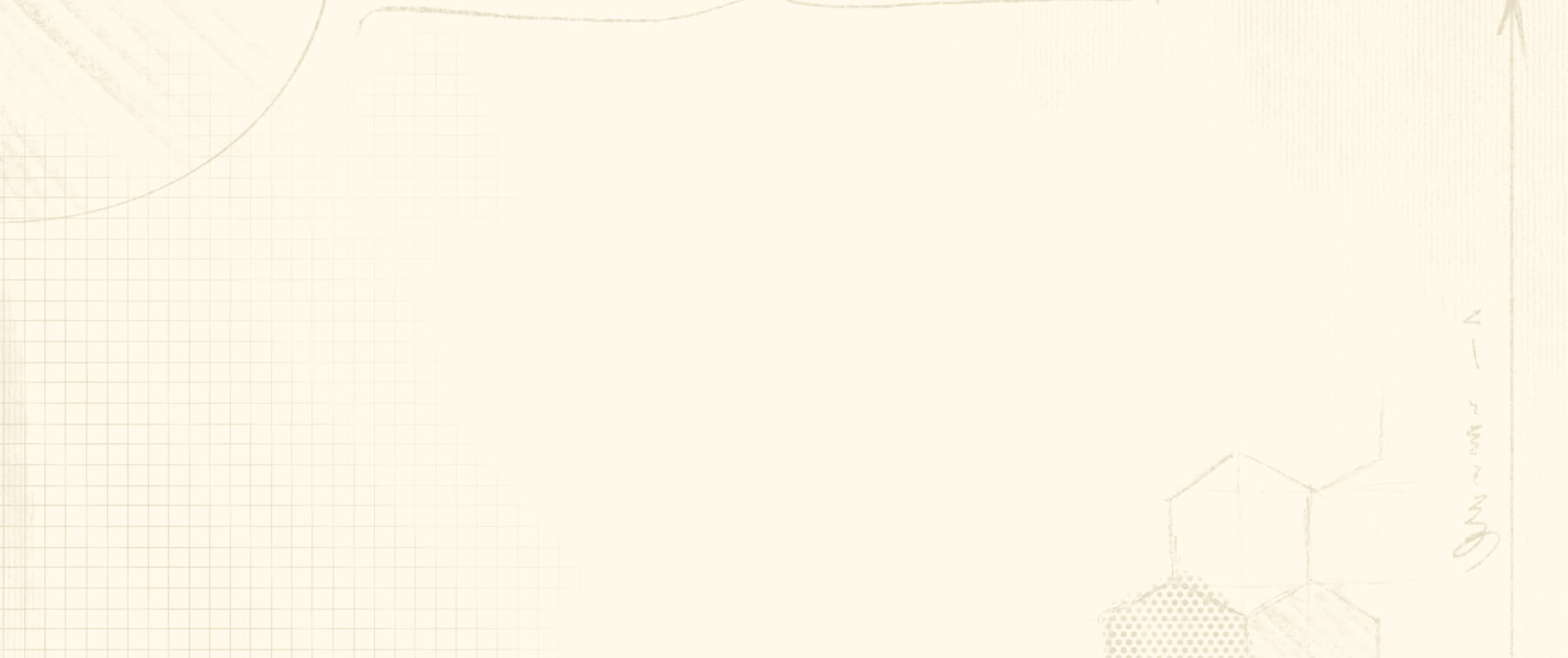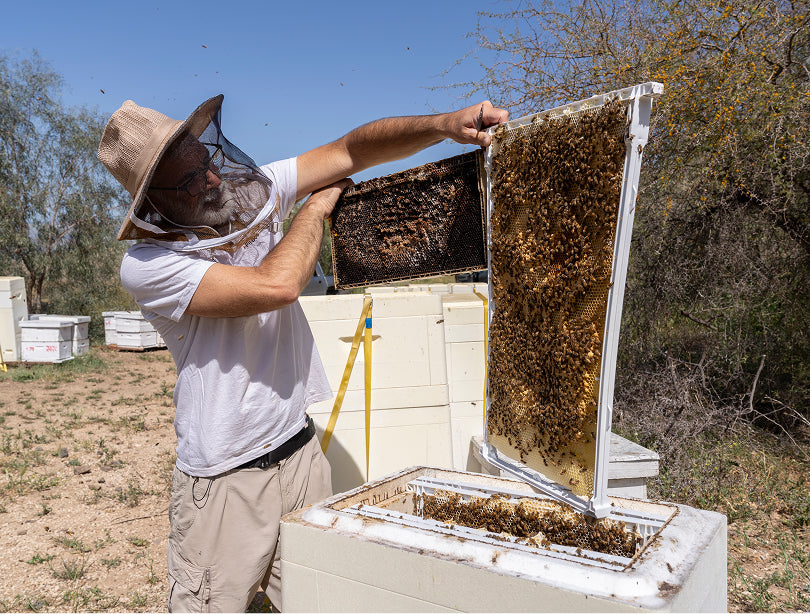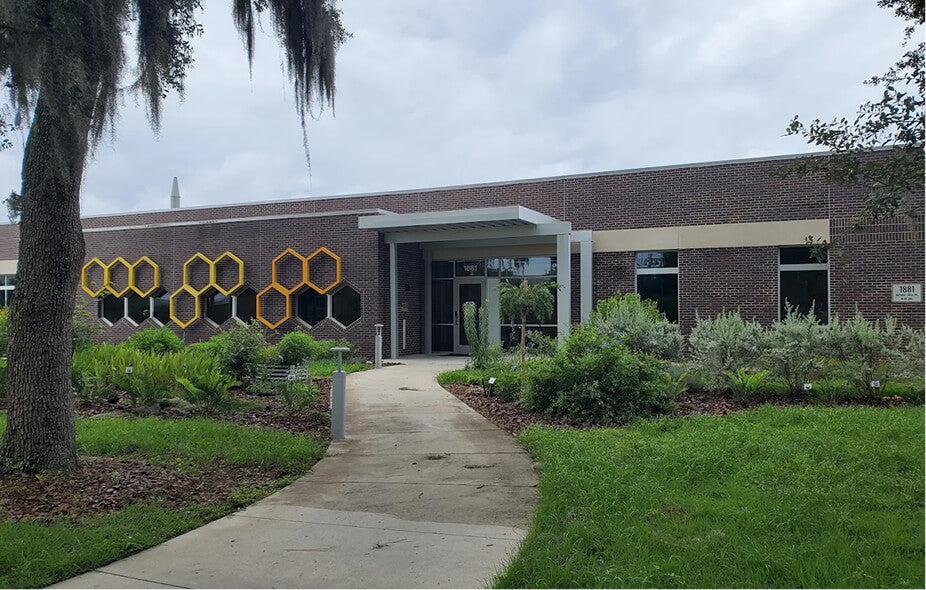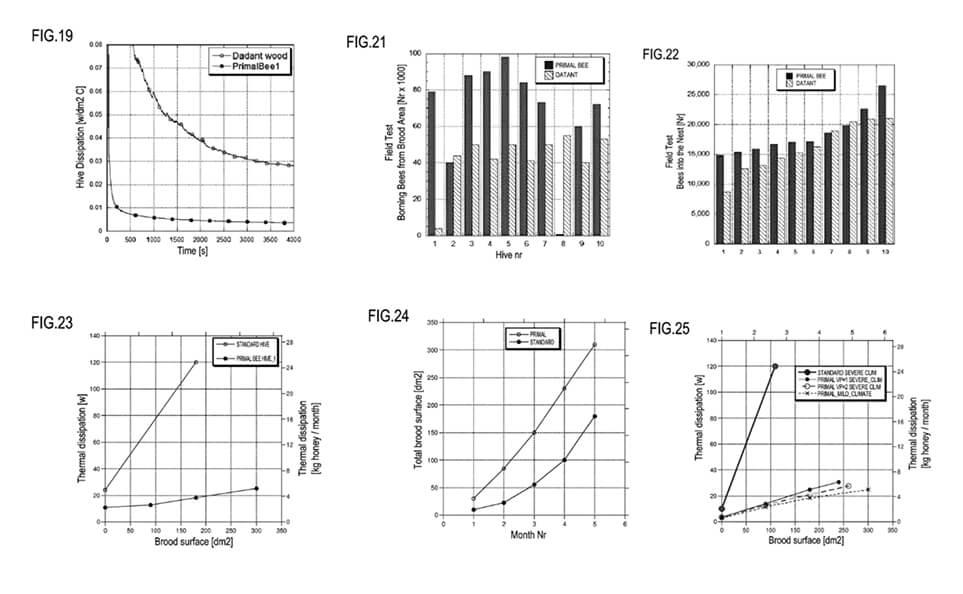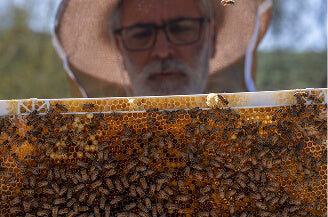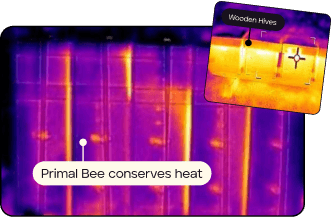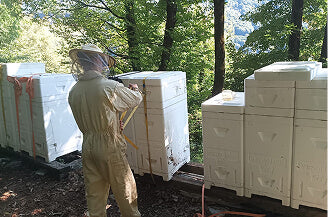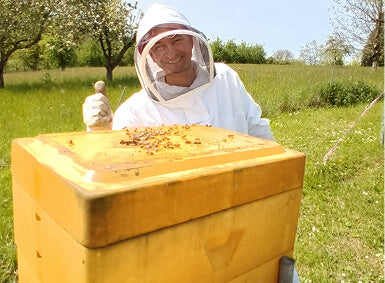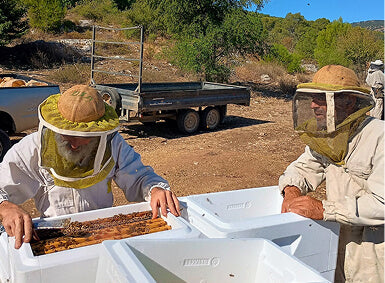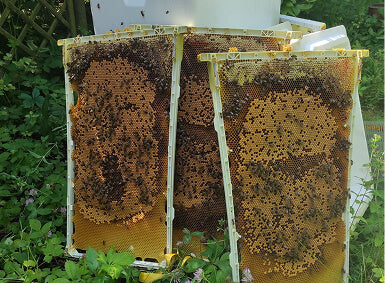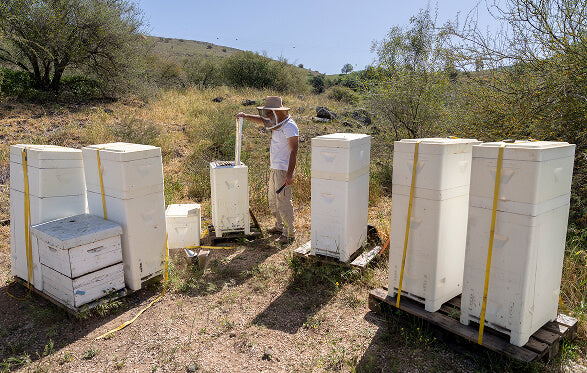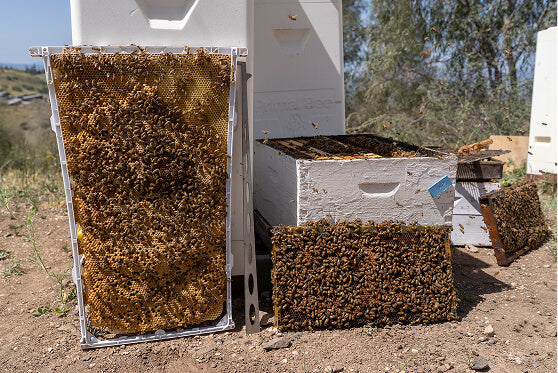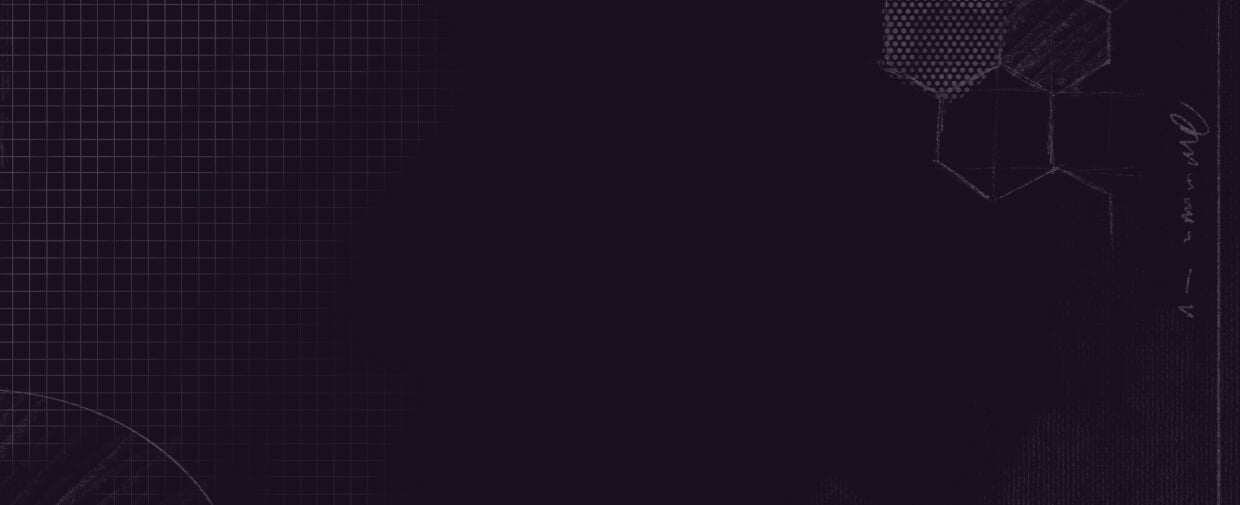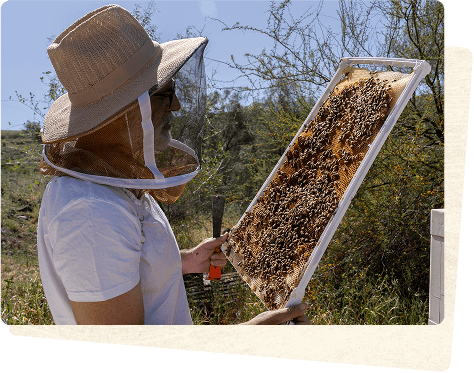Meet Our Team of Scientists

Credentials
- Msc, University of Milan, Italy
- Teacher researcher, University of applied science Lugano SuPSI
- Founder and researcher at DynaMat Fast Dynamic
- Roadmap for Swiss critical research infrastructure.
- Advisor and Consultant on multi physics non proportional problem solving applications in research / industrial projects
- Beekeeper and private researcher in honeybees since 2005
- Co-founder of Primal Bee Hive concept science and testing
Publications
- Riganti, Gianmario, and Ezio Cadoni. "Ductile-to-Brittle Transition of Steel Due to Dynamic Loading." Metals 14, no. 7 (2024): 807.
- Cadoni, Ezio, Daniele Forni, Matteo Dotta, Gianmario Riganti, and Nicoletta Tesio. "Analysis of the Dynamic Behaviour of UHPFRC Used in Protective Structures." In RILEM-fib International Symposium on Fibre Reinforced Concrete, pp. 589-597. Cham: Springer Nature Switzerland, 2024.
- Cadoni, Ezio, Matteo Dotta, Daniele Forni, and Gianmario Riganti. "Combined effects of high strain rate, elevated temperature, and triaxiality on a commercial tungsten alloy." Procedia Structural Integrity 47 (2023): 268-273.
- Cadoni, Ezio, Matteo Dotta, Daniele Forni, and Gianmario Riganti. "Combined effects of high strain rate, elevated temperature, and triaxiality on a commercial tungsten alloy." Procedia Structural Integrity 47 (2023): 268-273.
- Cadoni, Ezio, Matteo Dotta, Daniele Forni, Gianmario Riganti, and Nicoletta Tesio. "UHP (FR) C under impact loading." Procedia Structural Integrity 47 (2023): 331-336.
- Cadoni, Ezio, Matteo Dotta, Daniele Forni, and Gianmario Riganti. "Influence of the gauge length on dynamic direct tensile test." Procedia Structural Integrity 47 (2023): 630-635.
- Riganti, G., & Gamberoni, A. (2022). Thermodynamic beehive with modular elements (U.S. Patent No. 11,375,697). United States Patent and Trademark Office.
- Cadoni, Ezio, Matteo Dotta, Daniele Forni, Gianmario Riganti, and Nicoletta Tesio. "Experimental investigation on the response of UHP (FR) C at high stress-rates under compression." In EPJ Web of Conferences, vol. 250, p. 06006. EDP Sciences, 2021.
- Cadoni, Ezio, Matteo Dotta, Daniele Forni, and Gianmario Riganti. "Dynamic response of UHPFRCs in direct-shear tests." Procedia Structural Integrity 28 (2020): 933-942.
- Riganti, Gianmario, and Ezio Cadoni. "Multiple Pseudo-Plastic Appearance of the Dynamic Fracture in Quasi-Brittle Materials." Materials 13, no. 21 (2020): 4976.
- Cadoni, Ezio, Matteo Dotta, Daniele Forni, Gianmario Riganti, and Carlo Albertini. "First application of the 3D-MHB on dynamic compressive behavior of UHPC." In EPJ Web of Conferences, vol. 94, p. 01031. edp sciences, 2015.
- Andreotti, Riccardo, Matteo Colombo, Alberto Guardone, Paolo Martinelli, Gianmario Riganti, and Marco di Prisco. "Performance of a shock tube facility for impact response of structures." International Journal of Non-Linear Mechanics 72 (2015): 53-66.
- Riganti, Gianmario, and Ezio Cadoni. "Numerical simulation of the high strain-rate behavior of quenched and self-tempered reinforcing steel in tension." Materials & Design 57 (2014): 156-167.
- Grązka, Michał, Jacek Janiszewski, Leopold Kruszka, Ezio Cadoni, Daniele Forni, and Gianmario Riganti. "Identification methods of parameters for Johnson-Cook constitutive equation–comparison." Applied Mechanics and Materials 566 (2014): 97-103.
- Andreotti, Riccardo, Gianmario Riganti, and Marco Boniardi. "Numerical simulation of a terrorist attack." Applied Mechanics and Materials 82 (2011): 308-313.
- Andreotti, Riccardo, Gianmario Riganti, and Marco Boniardi. "Numerical simulation of a terrorist attack." Applied Mechanics and Materials 82 (2011): 308-313.

Credentials
- University of Delaware (Bachelors of Science: Entomology & Applied Ecology, Wildlife Conservation
- University of Florida (MS and PhD) Entomology & Nematology, Agricultural Education & Communication); Advisor to University of Florida Master Beekeeper Program; Research Assistant
- University of Hawaii (Research Faculty: Entomology, Plant and Environmental Protection Sciences)
- Hawaii Pacific University (Adjunct Faculty: Biology, Natural and Computational Sciences)
Publications
- Deutsch, Kaitlin R., Jason R. Graham, Humberto F. Boncristiani, Tomas Bustamante, Ashley N. Mortensen, Daniel R. Schmehl, Ashlyn E. Wedde, Dawn L. Lopez, Jay D. Evans, and James D. Ellis. "Widespread distribution of honey bee-associated pathogens in native bees and wasps: trends in pathogen prevalence and co-occurrence." Journal of Invertebrate Pathology 200 (2023): 107973.
- Graham, Jason, Joshua Campbell, Alexandra Tsalickis, Cory Stanley-Stahr, and James Ellis. "Observing bees and wasps: why surveys and monitoring programs are critical and how they can improve our understanding of these beneficial hymenopterans." Journal of Pollination Ecology 33 (2023): 139-169.
- Graham, Jason R., Joshua W. Campbell, and James D. Ellis. "Uninvited Guests: Identifying Parasites and Other Nest Associates of Solitary Bees and Wasps Using Artificial Nest Sites in North Central Florida." Southeastern Naturalist 22, no. 2 (2023): 192-206.
- Graham, Jason R., Joshua W. Campbell, Sheldon Plentovich, and Cynthia BA King. "Nest Architecture of an Endangered Hawaiian Yellow-Faced Bee, Hylaeus anthracinus (Hymenoptera: Colletidae) and Potential Nest-Site Competition from Three Introduced Solitary Bees." Pacific Science 75, no. 3 (2021): 361-370.
- Plentovich, S., J. R. Graham, W. P. Haines, and C. B. A. King. “Invasive ants reduce nesting success of an endangered Hawaiian yellow-faced bee, Hylaeus anthracinus.” NeoBiota (2021) 64: 137–154.
- Boncristiani, Humberto, James D. Ellis, Tomas Bustamante, Jason R. Graham, Cameron Jack, Chase B. Kimmel, Ashley Mortensen, and Daniel R. Schmehl. "World honey bee health: the global distribution of western honey bee (Apis mellifera L.) pests and pathogens." Bee World 98, no. 1 (2020): 2-6.
- Santamaria, Jessika, Ethel M. Villalobos, Laura E. Brettell, Scott Nikaido, Jason R. Graham, and Stephen Martin. "Evidence of Varroa-mediated deformed wing virus spillover in Hawaii." Journal of Invertebrate Pathology 151 (2018): 126-130.
- Graham, J. R., and C. B. A. King. "Developing captive propagation methodologies for five native Hawaiian yellow-faced bee species: a novel approach to endangered species mitigation." Department of Defense Legacy Resource Management Program Final Report, Project (2016): 13-104.
- Graham, Jason R., Everett Willcox, and James D. Ellis. "The potential management of a ground-nesting, solitary bee: Anthophora abrupta (Hymenoptera: Apidae)." Florida Entomologist (2015): 528-535.
- Graham, Jason R., Qin Tan, Linda C. Jones, and James D. Ellis. "Native Buzz: Citizen scientists creating nesting habitat for solitary bees and wasps." Florida Scientist (2014): 204-218.
- Ellis, J. D., E. B. Atkinson, and J. R. Graham. "Honey bee biology” book chapter in Bee health and veterinarians” (Ed. W. Ritter) cabidigitallibrary.org (2014): 15-28.
- Graham, Jason R., Mark J. Carroll, Peter EA Teal, and James D. Ellis. "A scientific note on the comparison of airborne volatiles produced by commercial bumble bee (Bombus impatiens) and honey bee (Apis mellifera) colonies." Apidologie 44, no. 1 (2013): 110-112.
- Ellis, James D., Jason R. Graham, and Ashley Mortensen. "Standard methods for wax moth research." Journal of Apicultural Research 52, no. 1 (2013): 1-17.
- Graham, Jason R., James D. Ellis, Mark J. Carroll, and Peter EA Teal. "Aethina tumida (Coleoptera: Nitidulidae) attraction to volatiles produced by Apis mellifera (Hymenoptera: Apidae) and Bombus impatiens (Hymenoptera: Apidae) colonies." Apidologie 42, no. 3 (2011): 326-336.
- Graham, Jason R., James D. Ellis, Nicole D. Benda, Cletus P. Kurtzman, and Drion G. Boucias. "Kodamaea ohmeri (Ascomycota: Saccharomycotina) presence in commercial Bombus impatiens Cresson and feral Bombus pensylvanicus DeGeer (Hymenoptera: Apidae) colonies." Journal of Apicultural Research 50, no. 3 (2011): 218-226.
- Graham, Jason R., Jamie Ellis, Glenn Hall, and Catherine Zettel Nalen. "Miner Bee, Chimney Bee Anthophora abrupta Say: EENY-512/IN912, 12/2011." EDIS 2012, no. 1 (2012).


Patented Science.
Validated by the USPTO.
Primal Bee is not theory. It’s protected under U.S. Patent No. 11-375-697 granted after a rigorous multi-year review by the United States Patent and Trademark Office — one of the highest global standards of scientific and technical validation.
Unlike design patents that cover surface—level tweaks, this utility patent protects measurable thermodynamic performance—the actual physics that make our hive work.
The Science Behind Thermoregulation
Besides our own research, independent studies have long shown that honey bees are a thermally sensitive superorganism. Maintaining a stable internal temperature is the difference between thriving colonies and collapse.
Here are a few key resources from the broader scientific community:
Primal Bee builds on this foundation with a patented hive system that achieves up to 500% greater thermodynamic efficiency than traditional wooden hives—reducing the energy bees waste on climate control and allowing them to grow stronger, more productive colonies.
Hear from Beekeepers Themselves
Primal Bee isn’t just lab data and academics. Beekeepers using our hives are seeing measurable, repeatable improvements across climates and experience levels.

Additional Empirical Validation and Institutional Endorsement

